How Amazon's cloud will make the IoT smarter
AWS IoT platform could upgrade connected devices over decades to keep them up to date

Billions of connected devices in the home, office and industry will soon be able to hook into Amazon Web Services (AWS) to link up to other devices and grow smarter over time.
The tech giant today announced the availability of a beta version of its Internet of Things platform, AWS IoT, which will be able to power and support billions of remote sensors both online and offline, encrypting communications between them.
The platform will allow customers to store, process, analyse and base business decisions on IoT data they put into it, while manufacturers can automate actions for devices to perform when certain data is received - such as sending alerts when a motion sensor is triggered.
Citing the streaming video kit Dropcam (now owned by Nest), Amazon CTO Werner Vogels pointed out the extent of what now counts as IoT data, saying: "Video is no longer just something to be watched, it's something to be analysed."
But Amazon is also tackling a major IoT issue - that of patchy coverage, where poor internet connections could stop devices working.
AWS IoT is able to create a virtual version (Amazon calls it a 'shadow') of each connected device that includes details of the device's status, and remains always available, so any actions an app sends to that device take place as soon as a connection is re-established.
What's more, the IoT platform should make smart devices smarter by leveraging the cloud to do the heavy lifting, while the devices will likely be as cheap and lightweight as possible as manufacturers try to keep their costs down.
Get the ITPro daily newsletter
Sign up today and you will receive a free copy of our Future Focus 2025 report - the leading guidance on AI, cybersecurity and other IT challenges as per 700+ senior executives
AWS's product strategy head, Matt Woods, told IT Pro: "If they are going to be as cheap and efficient as possible we can't really rely on them to have much computational power, but you do want the aggregate system to be as smart as possible.
"By housing it in the cloud, by providing machine learning techniques right next to it, those devices are going to get really smart really quickly."
He added that another goal is to keep the devices very up to date via software updates delivered via AWS IoT, despite them being in service for decades.
"You'll be able to continue to add features over the next 10, 20 years. That's one of the goals, is looking at it less just like one device talking to the cloud, but in aggregate the graph devices - how do you orchestrate and drive as much intelligence and smarts for the devices they are actually connected to at the other end of the cloud?"
-
 Cleo attack victim list grows as Hertz confirms customer data stolen
Cleo attack victim list grows as Hertz confirms customer data stolenNews Hertz has confirmed it suffered a data breach as a result of the Cleo zero-day vulnerability in late 2024, with the car rental giant warning that customer data was stolen.
By Ross Kelly
-
 Lateral moves in tech: Why leaders should support employee mobility
Lateral moves in tech: Why leaders should support employee mobilityIn-depth Encouraging staff to switch roles can have long-term benefits for skills in the tech sector
By Keri Allan
-
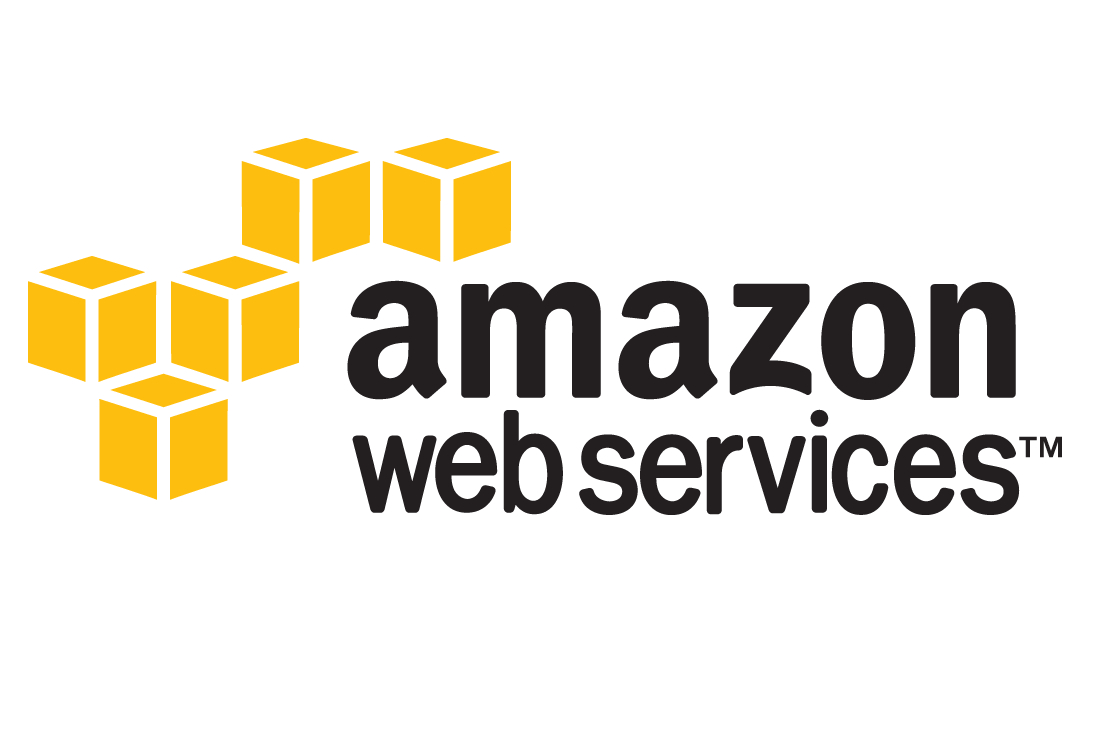 Amazon’s new Lookout for Metrics monitors your organization’s KPIs
Amazon’s new Lookout for Metrics monitors your organization’s KPIsNews Lookout for Metrics uses machine learning to detect anomolies
By Mike Brassfield
-
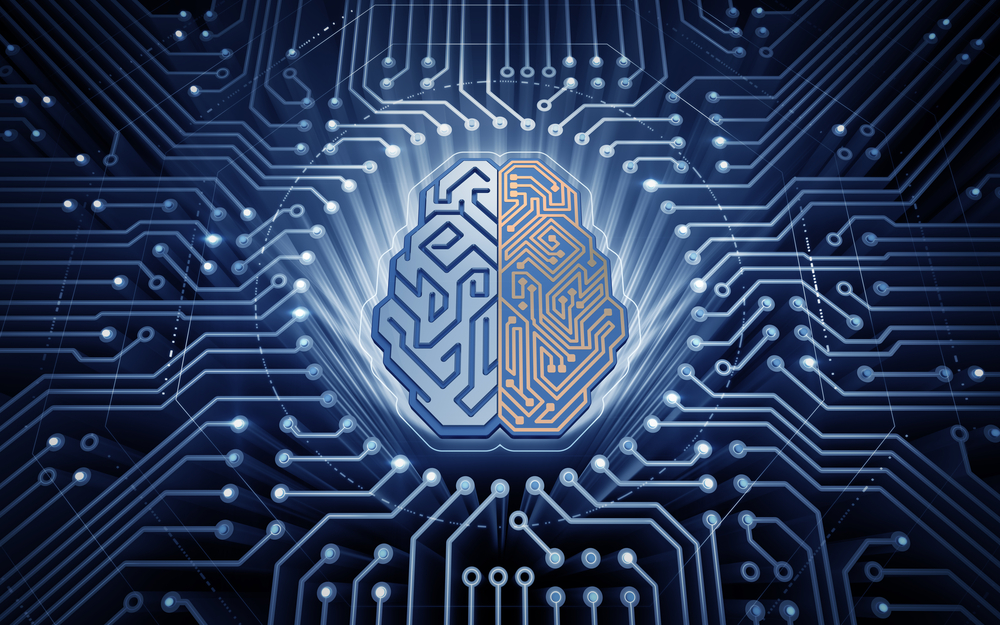 What is Network Intelligence?
What is Network Intelligence?In-depth A look at the technology enabling businesses to analyse data packets in real-time
By Esther Kezia Thorpe
-
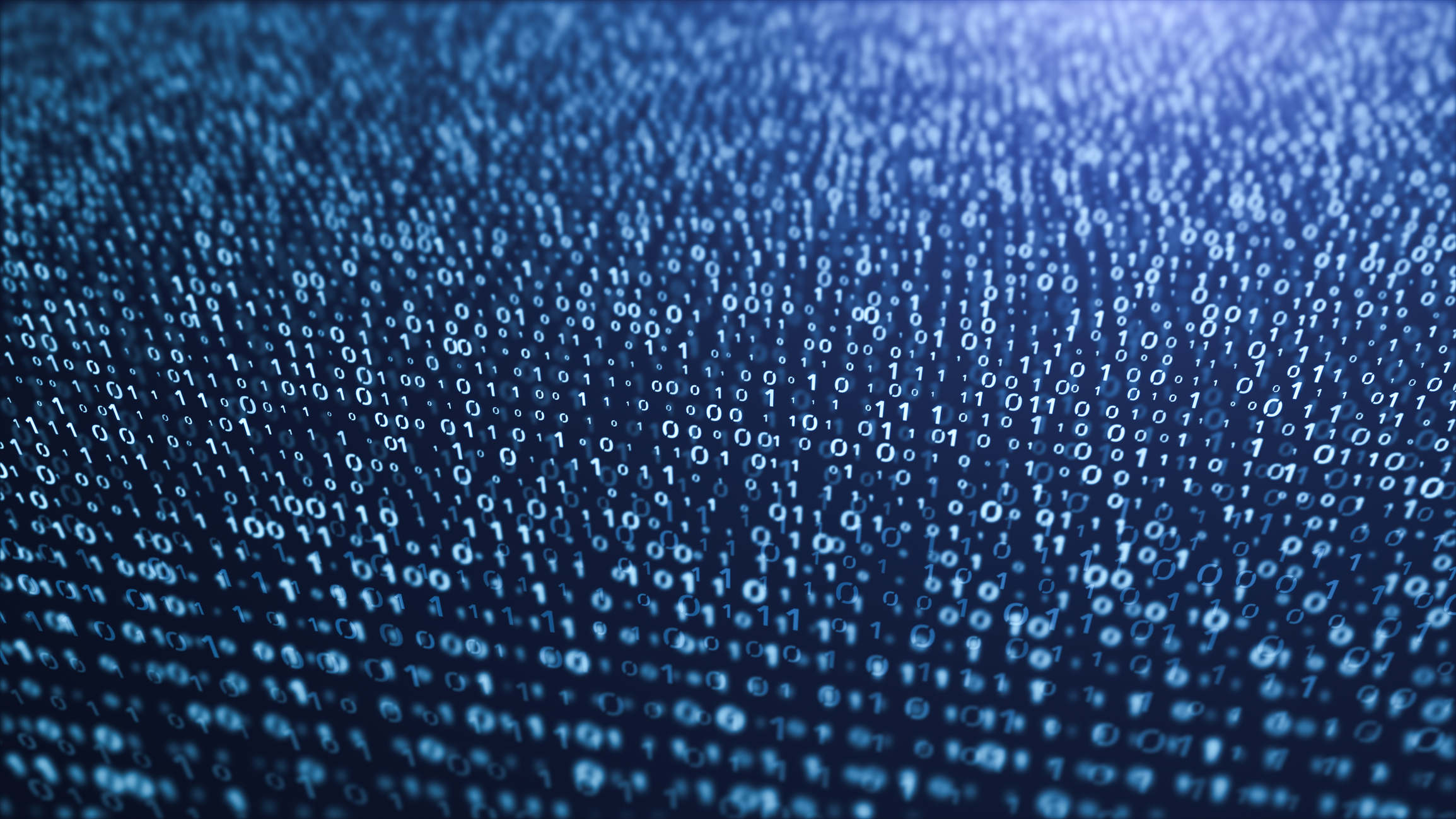 Three keys to successful data management
Three keys to successful data managementIn-depth Companies need to take a fresh look at data management to realise its true value
By Esther Kezia Thorpe
-
 Basho open sources its database for the Internet of Things
Basho open sources its database for the Internet of ThingsNews NoSQL database gives developers better API support
By Adam Shepherd
-
 IDF: How Intel wants to tackle the Big Data “algorithm economy”
IDF: How Intel wants to tackle the Big Data “algorithm economy”In-depth The chipmaker reveals platform to bring Big Data analysis to more businesses
By Thomas McMullan
-
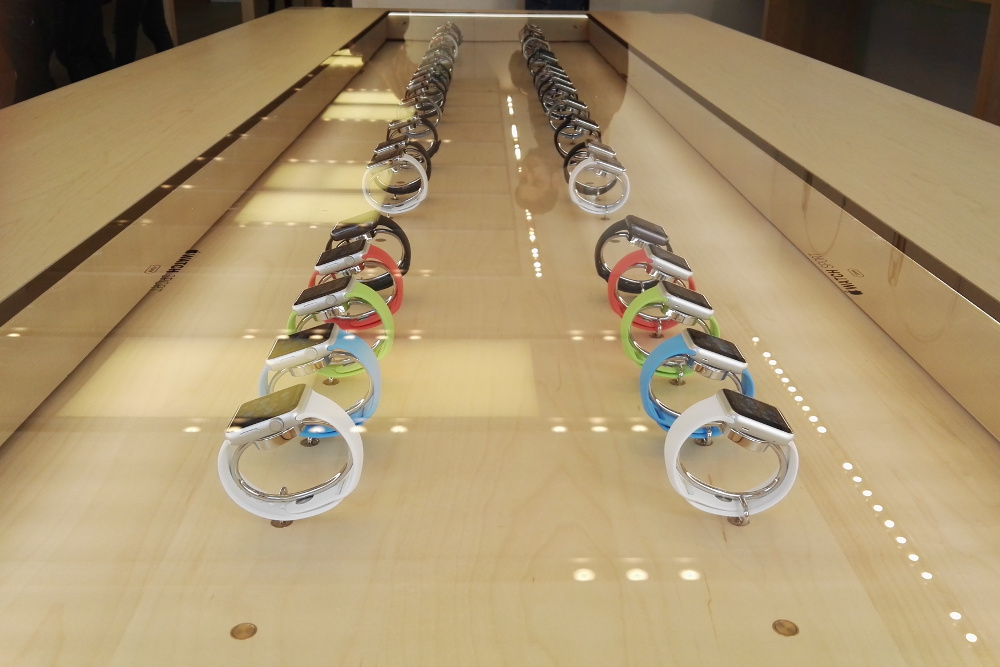 SAP: Why the Apple Watch is just a piece of the devices puzzle
SAP: Why the Apple Watch is just a piece of the devices puzzleIn-depth Q&A with SAP's UK&I chief technology adviser, Mark Darbyshire, on S/4 HANA working with Apple's latest wearable
By Joe Curtis
-
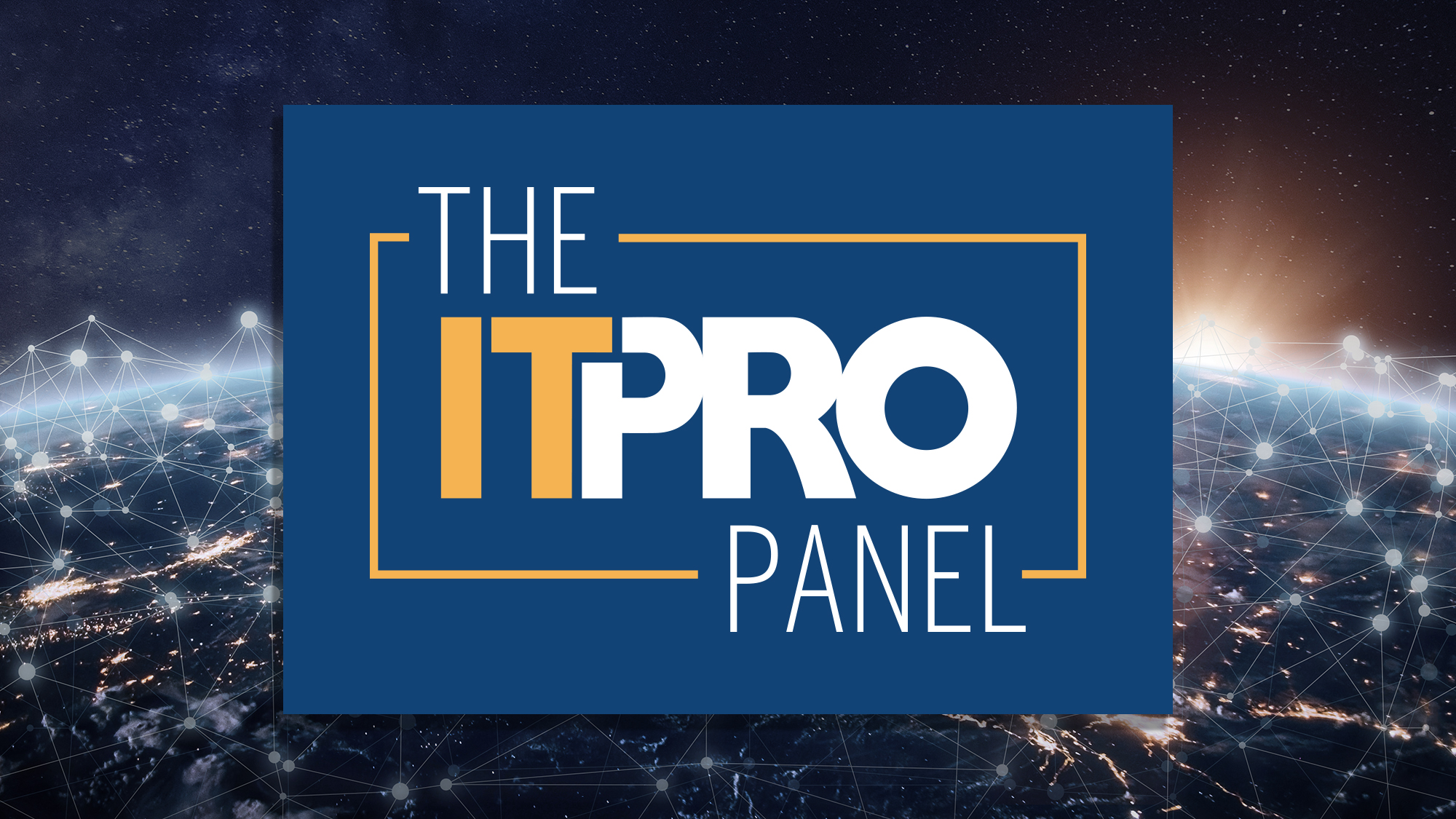 IT Pro Panel: How the IoT will change your business
IT Pro Panel: How the IoT will change your businessIT Pro Panel Our panel of experts discusses the pros and cons of the Internet of Things
By Joe Curtis
-
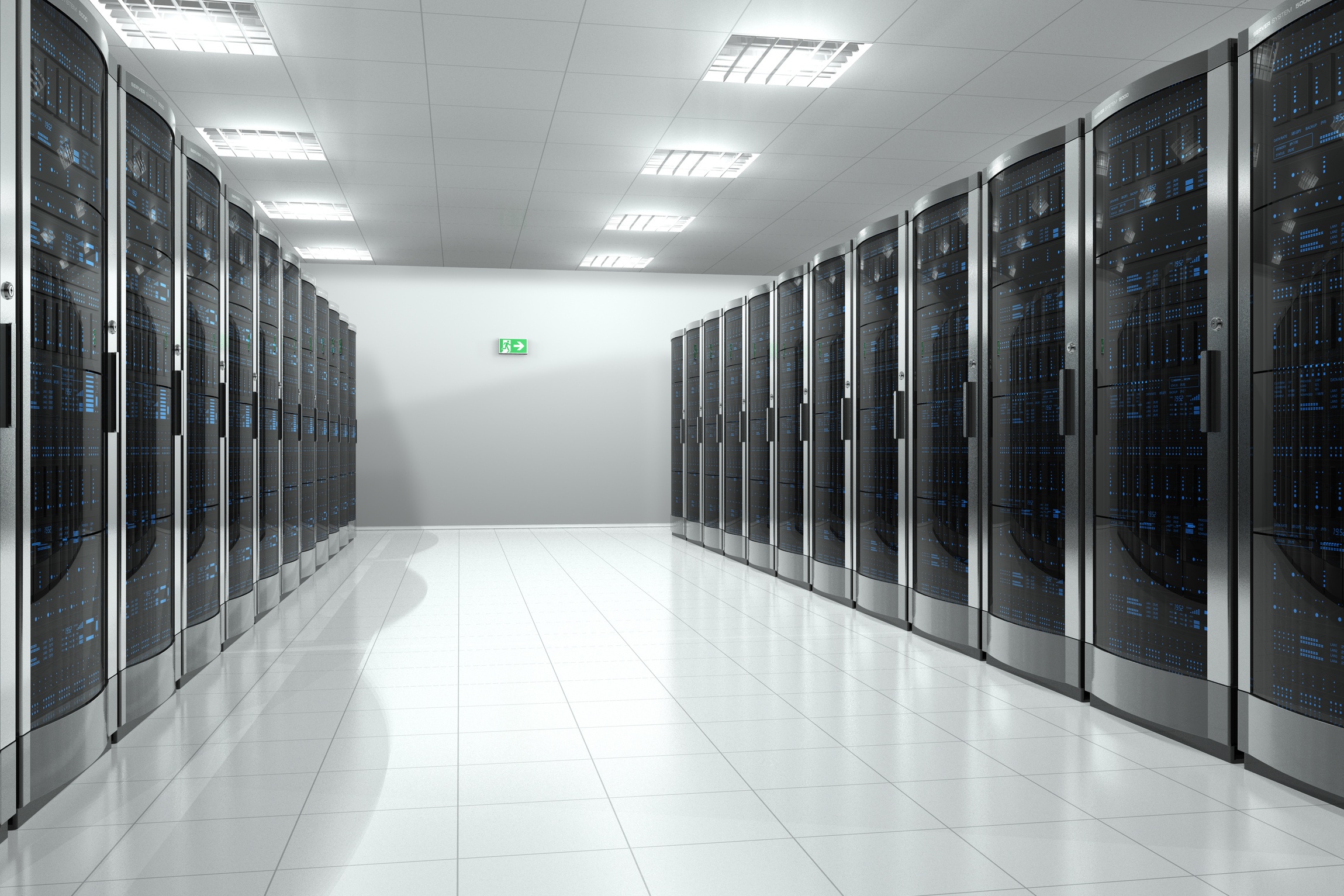 HDS sheds storage skin to power IoT innovation
HDS sheds storage skin to power IoT innovationNews Hitachi Data Systems builds on acquisitions' expertise to transform into data analytics business
By Joe Curtis